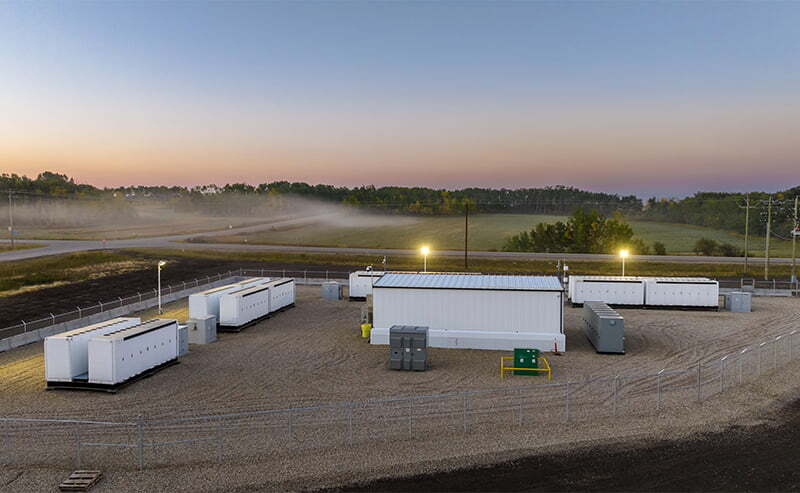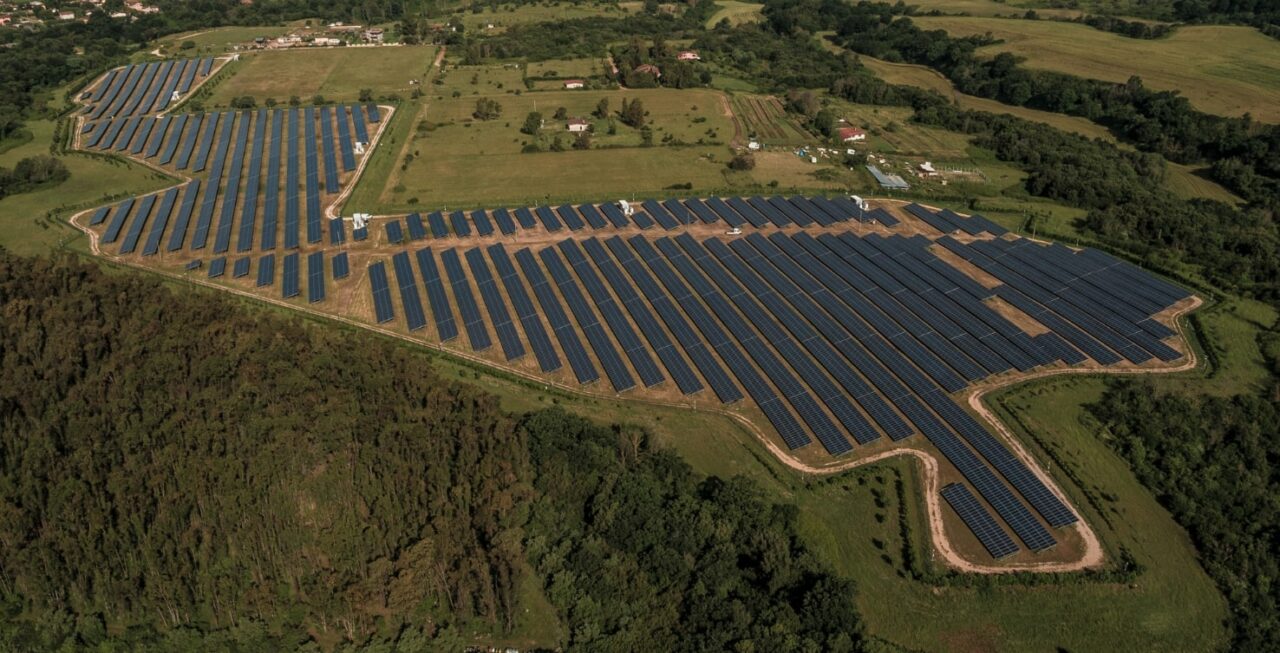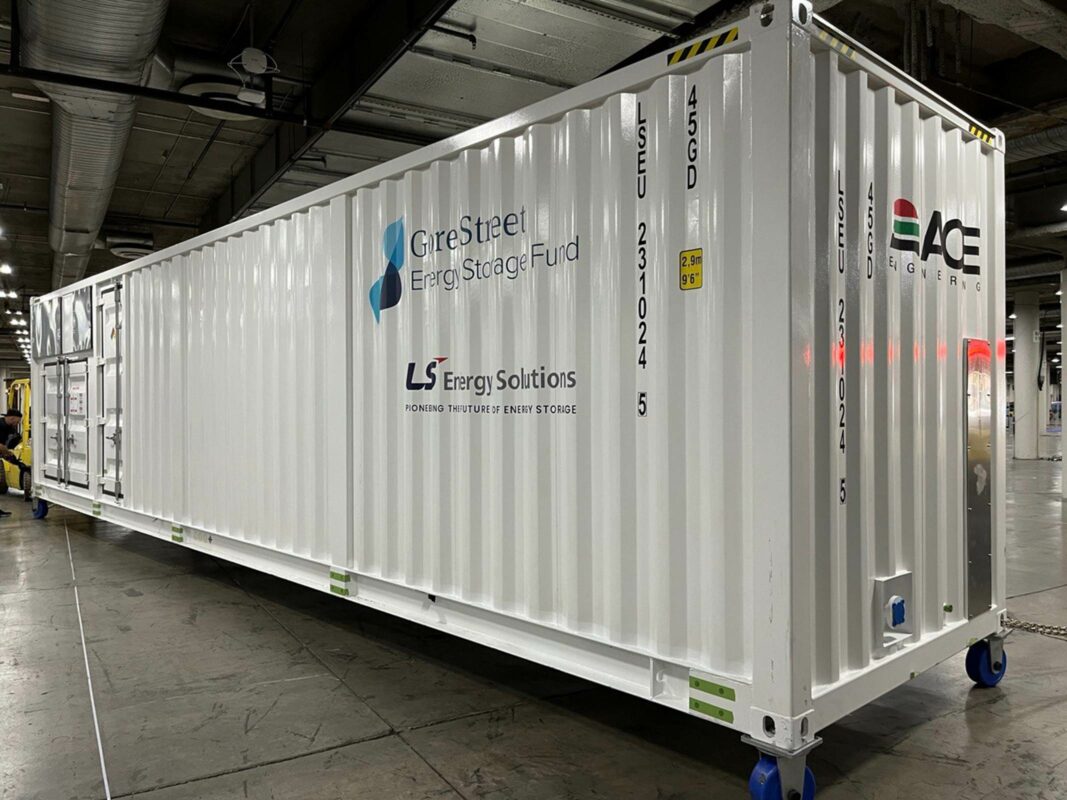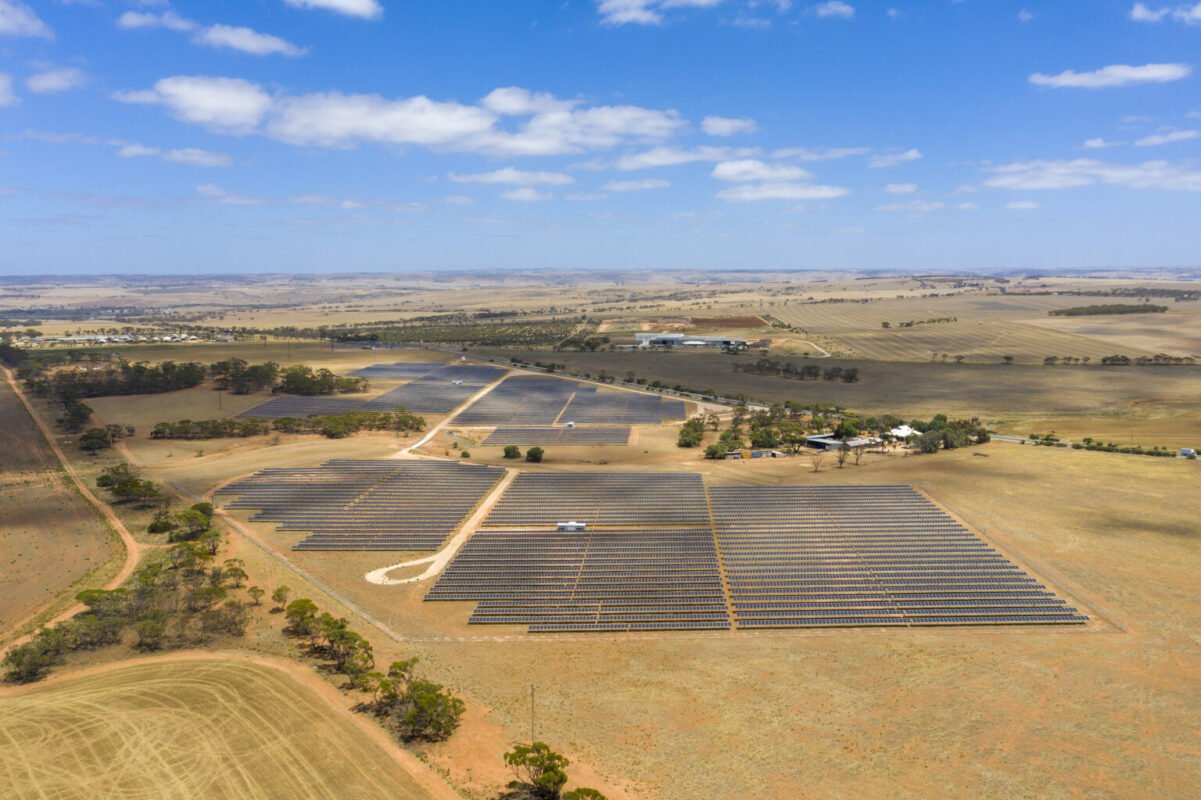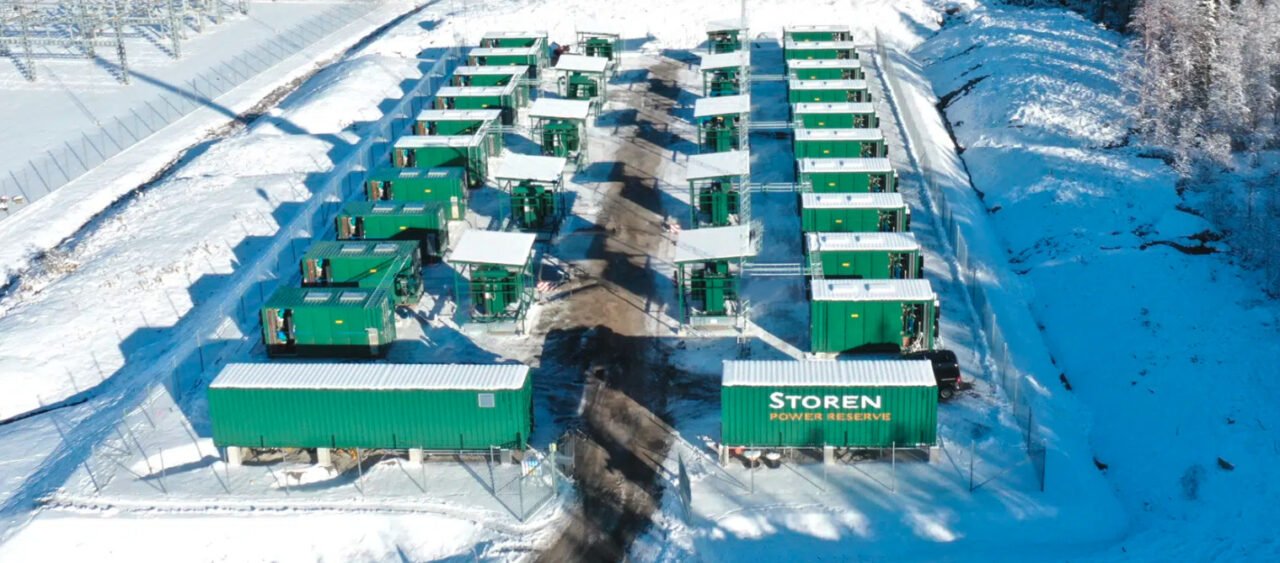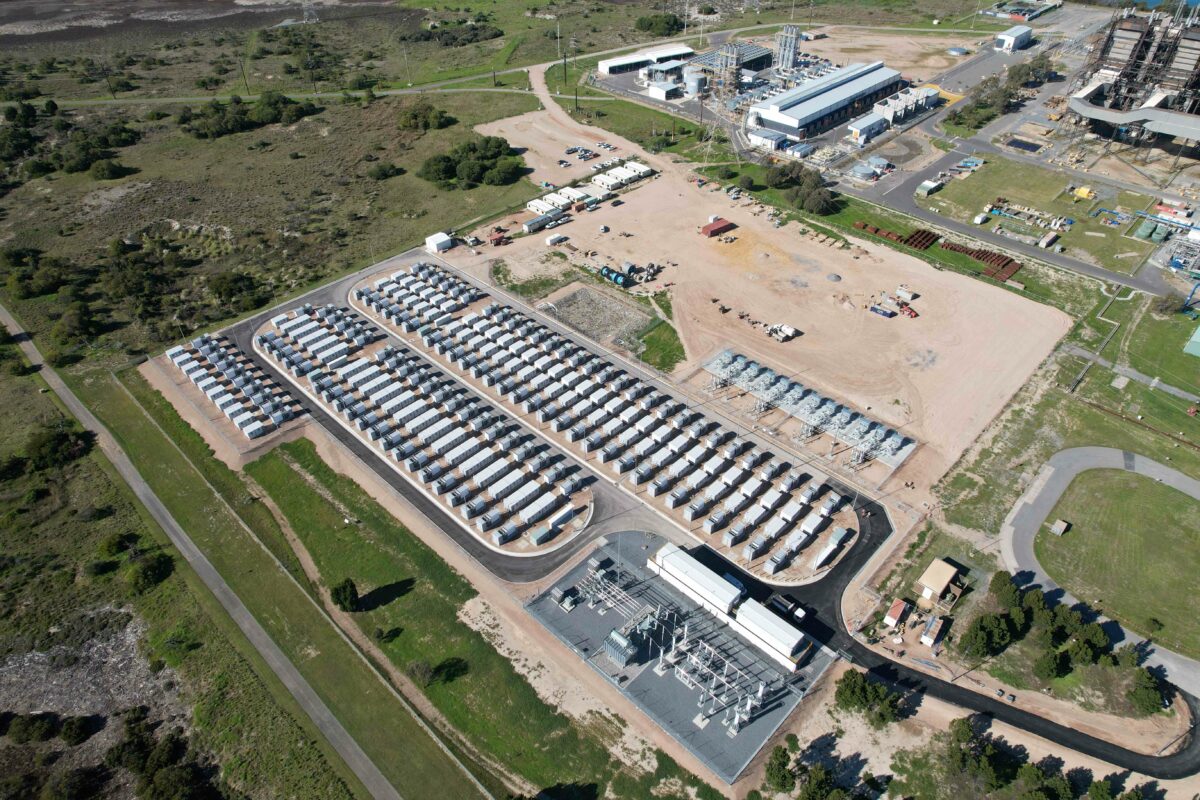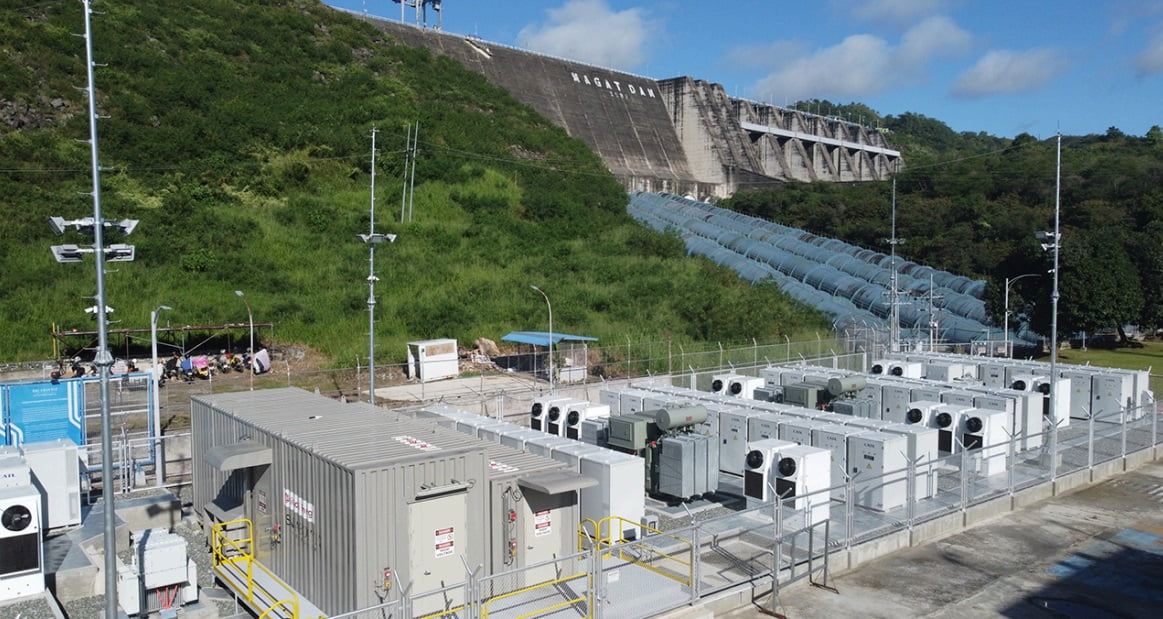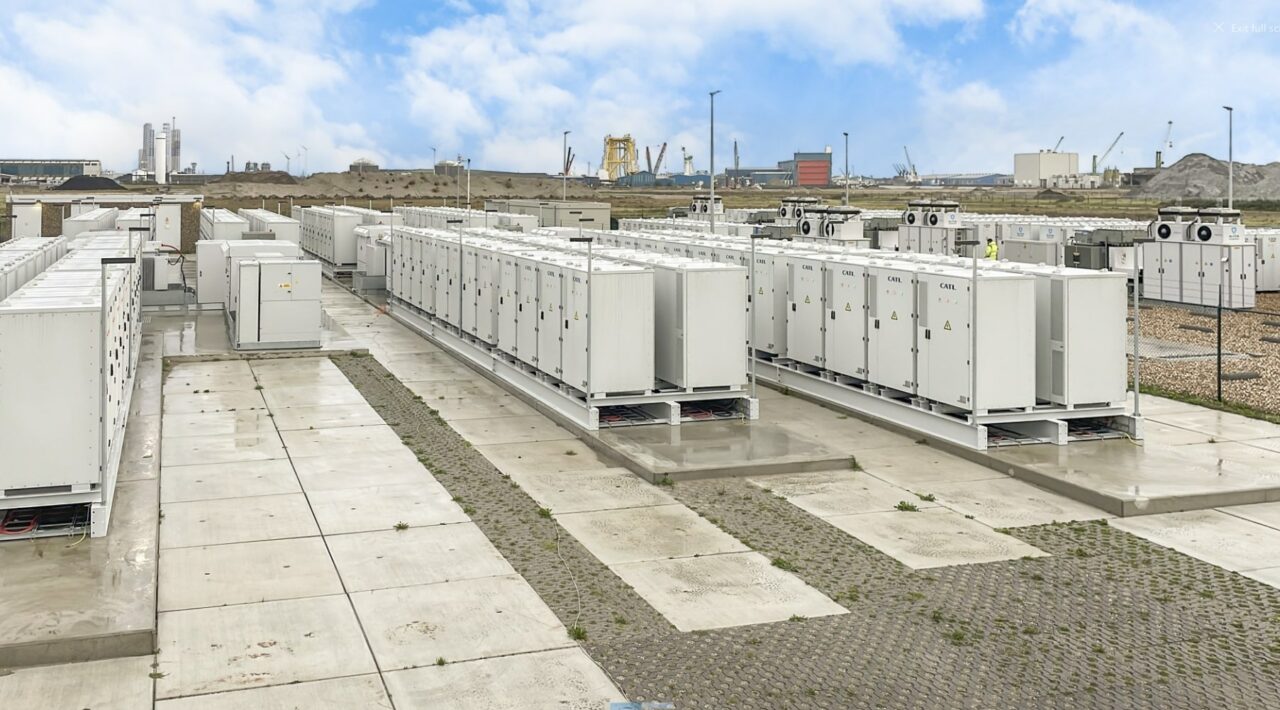There’s a long and sometimes complex backstory to that development, which many of you will no doubt already be aware of and perhaps doesn’t warrant a lengthy recap here.
Suffice it to say, however, it is procurements by load-serving entities – including California’s three main investor-owned utilities and many types of municipal or community suppliers – that have driven this growth.
For the California Independent System Operator (CAISO) grid and wholesale markets that serve roughly 80% of the state’s electrical load, those procurements go along two specific pathways set out by the regulatory California Public Utilities Commission (CPUC), our interviewee Seth Hilton explains.
One is the CPUC requirement for load-serving entities to file and get approval for long-term integrated resource plan (IRP) documents. Utilities (as we will continue to say for simplicity’s sake here) are mandated in their IRPs to procure “a certain amount of resources to meet greenhouse gas emissions and reliability targets”, Hilton says.
The other is resource adequacy (RA). Through it, utilities must demonstrate to CPUC that they have sufficient energy capacity available to meet their customers’ needs, including, or especially, at peak times. It is also what has led to California’s proliferation of 4-hour duration BESS resources, which help the grid ride out evening peak demand as solar PV production comes offline.
RA is a much shorter-term mechanism than IRPs, with obligations to procure set over one to three-year timelines rather than 10 or 20-year through the resource plans.
Those two markets have “driven the utility procurement of energy storage resources in California,” Hilton says, with RA the more prominent.
Hilton, who advises clients in California across multiple energy technology types and contract structures and represents them in regulatory proceedings among his duties, offered to help untangle the proposals for major rule changes to RA in CAISO, as follows.
Energy-Storage.news: What are the planned changes, and what’s the current state of play?
Seth Hilton, Stoel Rives: The commission has adopted some significant changes to the resource adequacy framework that are intended to go into effect beginning the 2025 compliance year.
It’s effectively moving from peak day-the-month type of evaluation in terms of determining our resource adequacy need to an hour-by-hour slice-of-day calculation for our worst day during the month.
So it’s a significant difference and it results in a number of significant changes to the compliance mechanisms and how the whole resource adequacy framework works, and of course, how it impacts developers of energy storage.
Is the motivation for going from a day’s worth of peaks to hour-by-hour that it more closely matches electricity availability of supply and demand in real-time?
The motivation was triggered by the fact that California has so much solar on its system that calculating needs by when the overall peak occurs sometimes causes reliability concerns because the challenge may not be at the actual peak, but what California has been referring to as the ‘net peak’, meaning: what remains available once solar drops off the system in the evening.
And that has actually been in many cases more challenging to meet than your actual peak. So the idea was that by setting hour-by-hour 24-slice obligation, it would address not only peak but also this net peak concern, which the previous system did not deal with very well.
CPUC running 2024 ‘test year’ with utilities
This sounds like a move to solve a challenge that is getting more acute. But what do you think in terms of the consequences for the industry? Is it a changeover that will be difficult for developers to plan for, or are they adapting to it quickly?
It’s challenging and I think there’s a bit of uncertainty with regard to the impacts on the market, especially for energy storage. But it’s challenging both for load-serving entities and for developers to adapt to this new system, to get an understanding of what the compliance mechanisms are, how they work, and how they will affect offtake agreements, including historical offtake agreements that are already in place for 10-20 years that would cover this timeframe.
So, it is a significant challenge.
The commission is engaging in what it calls a test year for 2024. They’re asking for load-serving entities to make a couple of filings like they will be required to for compliance purposes next year, and attempt to iron out the bugs. But that is definitely still in process.
We have a report that’s due from the California Public Utilities Commission’s Energy Division, about how that process is going here shortly [in the next couple of weeks], we’ll get a better idea.
But it’s a challenging conversion, and I think there’s a bit of a wait-and-see here on whether we can get it implemented along the timeline that the commission would like to see and what some of the challenges are that pop out of incorporating an entirely new reliability framework.
So for now, is a big aspect of this that it’s still uncertain and therefore not simple for developers to plan towards?
It’s uncertain, and there are a couple of kind of specific additional issues that come up with energy storage, including how you allocate that duration to specific hours.
The commission has also adopted what it calls an energy sufficiency requirement, but effectively, if a load-serving entity, a utility, is relying on energy storage to meet its resource adequacy obligations, it not only has to show it has the energy storage capacity, but it also has the generation capacity in other hours to actually charge that energy storage device.
So that’s a new dynamic for energy storage resources. We’ll have to see how that plays out going forward.
[We’re now] getting a little bit in the weeds, but the other aspect here that the commission is in the process of considering what it calls a UCAP, or unforced capacity analysis.
Effectively, this would reduce the resource adequacy value of energy storage based on its forced outage rate. So [with a] lower forced outage rate, you’d be able to credit more of that energy storage capacity towards your RA requirements, a higher forced outage rate would reduce that value. So that will impact, potentially significantly, energy storage resources going forward, including how they interact with the utilities they sell that storage capacity to.
The 100MW/400MW Alamitos BESS project in California is thought to be one of the first-ever examples of batteries beating gas in a competitive solicitation for peaking capacity anywhere in the world. Image: AES Corporation.
Under the current system, the way we handle the forced outage of a resource, typically, is you can count that resource, even if it has forced outages, in full towards your RA obligations. In order to account for the fact that resources are inevitably going to be forced out of service due to mechanical and other issues at certain periods of time during their operation, you increase the planning reserve margin effectively, you require utilities to procure excess RA capacity.
So, instead of doing that, under the new system, you attempt to calculate the value of a resource based on, in part, its forced outage rate.
It really shifts the risk of forced outage and complying with that much more onto the resource developer, the resource owner, than the utilities who used to have to cover that by procuring excess capacity.
‘Key is to keep close tabs on the process’
Is it your opinion that these changes to the RA framework could jeopardise the California BESS market’s success? Or is it more of a question of adapting and moving forward?
I think it’s more a question of adapting and assessing how these changing frameworks could impact the value of a resource or its risk in participating in those markets. But I don’t think it would do away with the need for, or the procurement of, energy storage in California, especially with the growth of solar on the system.
There continues to be a significant need for energy storage in California and the changing market structures will be kind of hurdles or bumps in the road you need to deal with, but it’s not going to reduce our need for storage.
You mentioned 2024 is a test year involving some load-serving entities and of course, we aren’t yet aware of what sort of form these changes will take when finalised. What steps might developers be taking at the moment and what steps would you advise them to take?
I would say over the course of the coming year, we are definitely in the final stages of coming up with how we will implement this new structure and attempting to uncover and fix any challenges that have come up in our test year.
So there’s going to be a significant amount of development in the regulatory sphere that will really impact how this finally gets done at the beginning of 2025
I would say, for my energy storage clients, the key is to keep close tabs on this process and see how we get the final pieces of this put together before the rubber really hits the road late this year when the initial filings for Compliance Year 2025 are going to be due.
So we’re in the final stages, but it merits a close look to see what the final tweaks are and how that might impact how this resource participates.
Energy-Storage.news’ publisher Solar Media will host the 6th Energy Storage Summit USA, 19-20 March 2024 in Austin, Texas. Featuring a packed programme of panels, presentations and fireside chats from industry leaders focusing on accelerating the market for energy storage across the country. For more information, go to the website.
Continue reading

